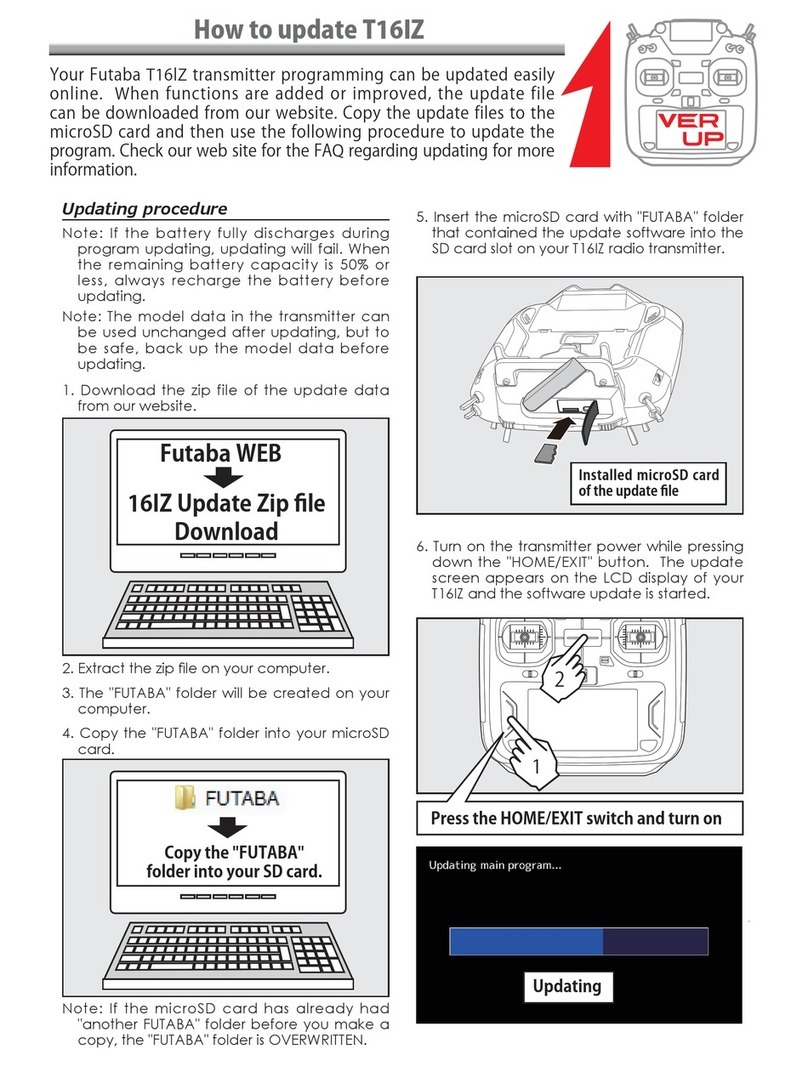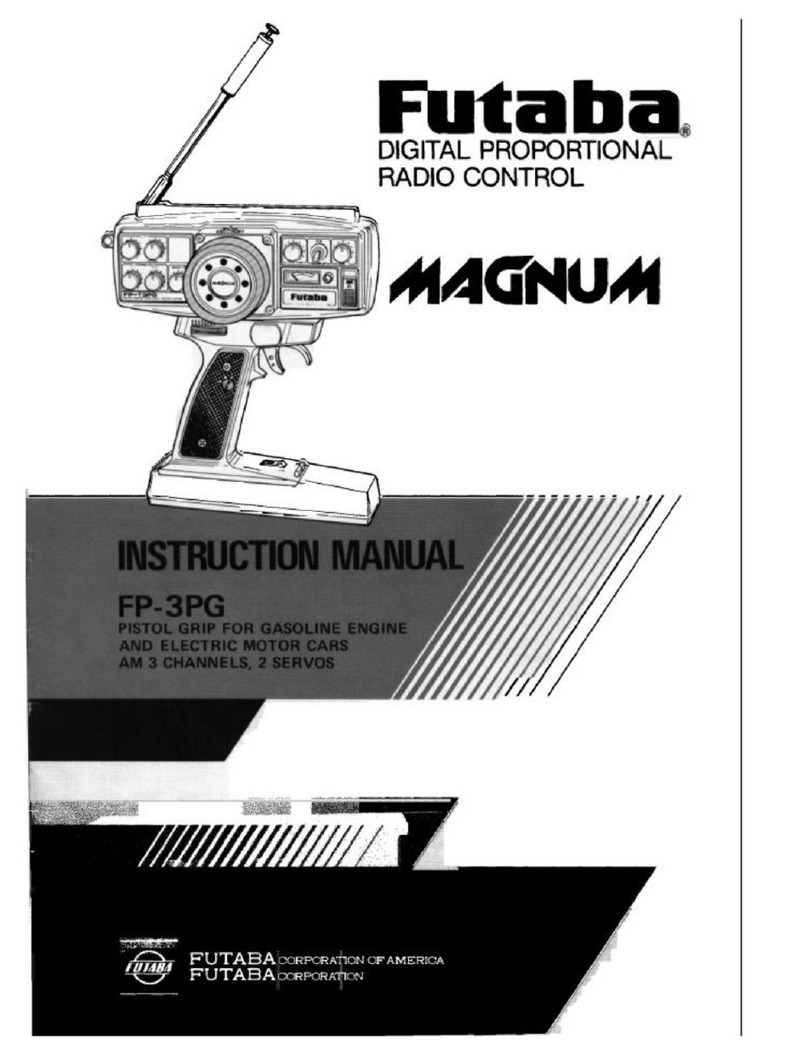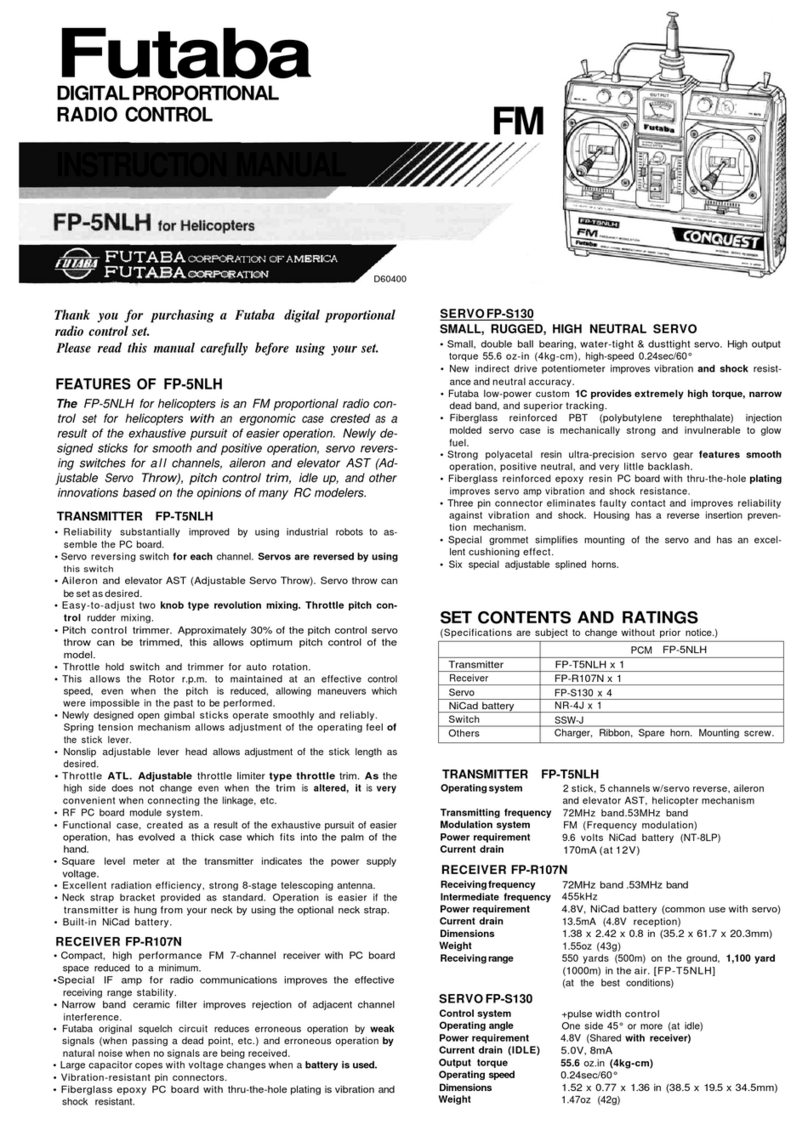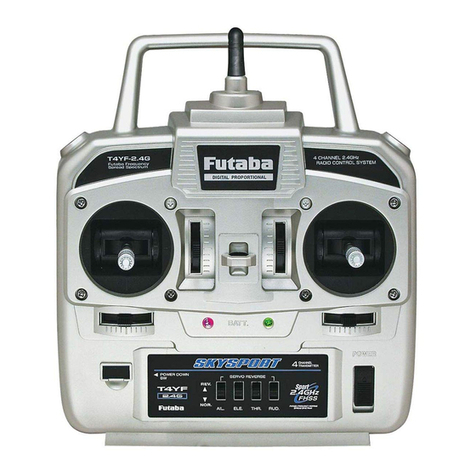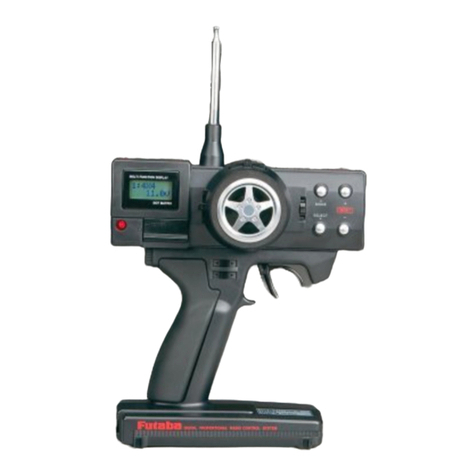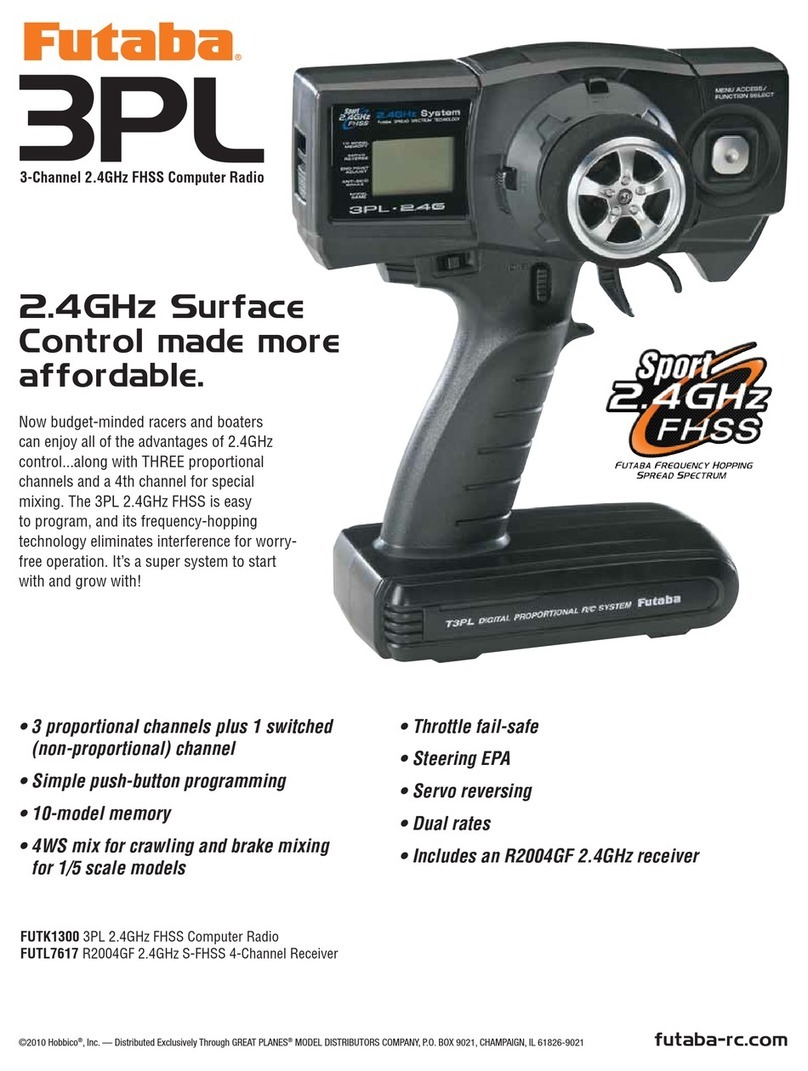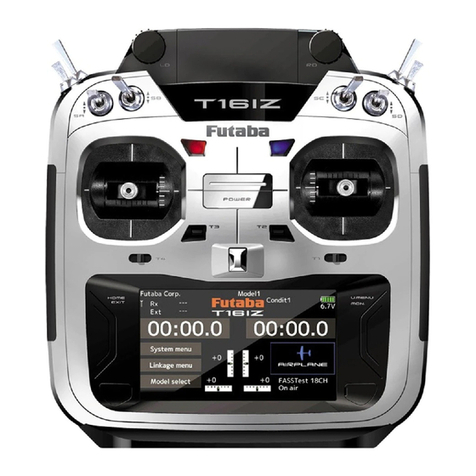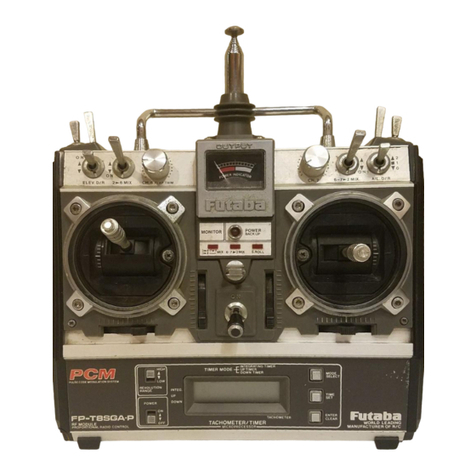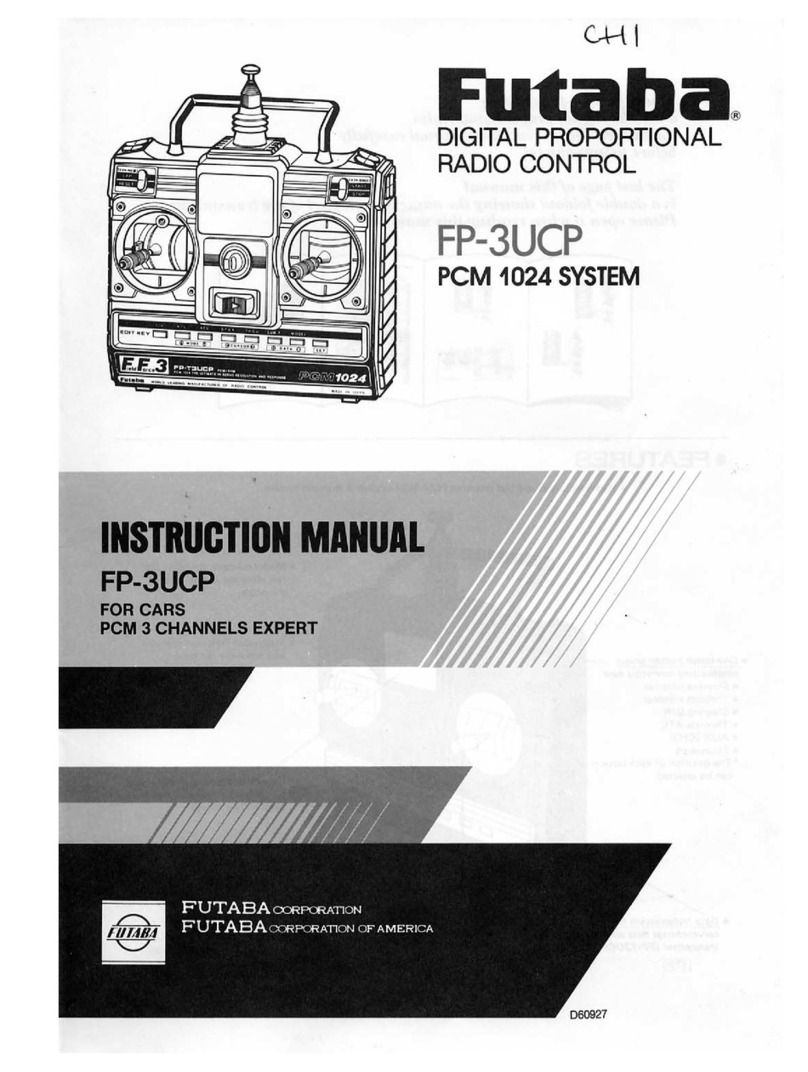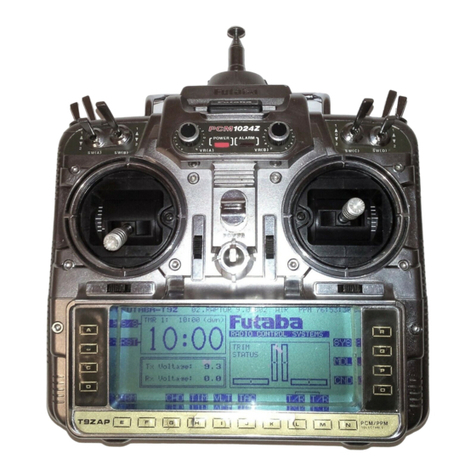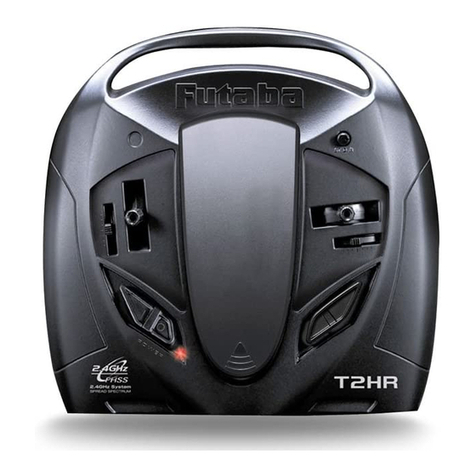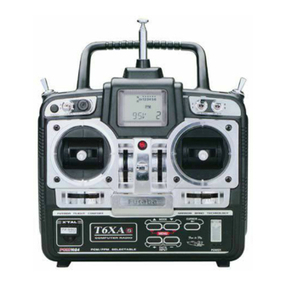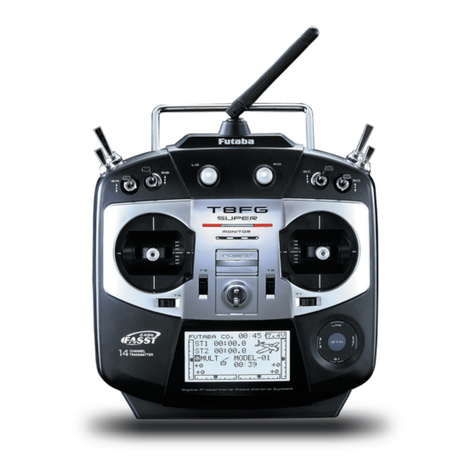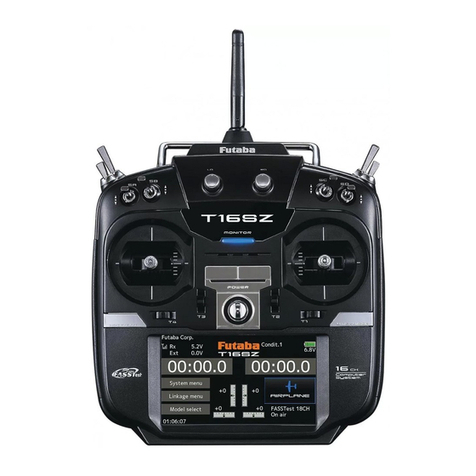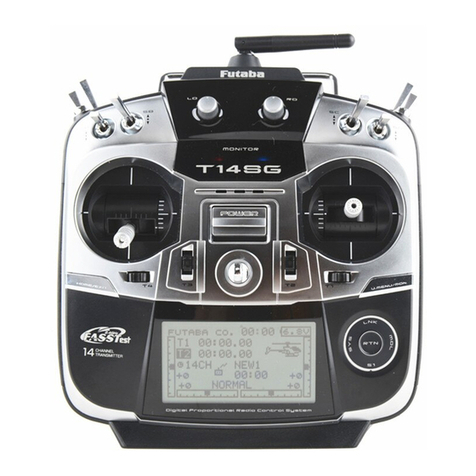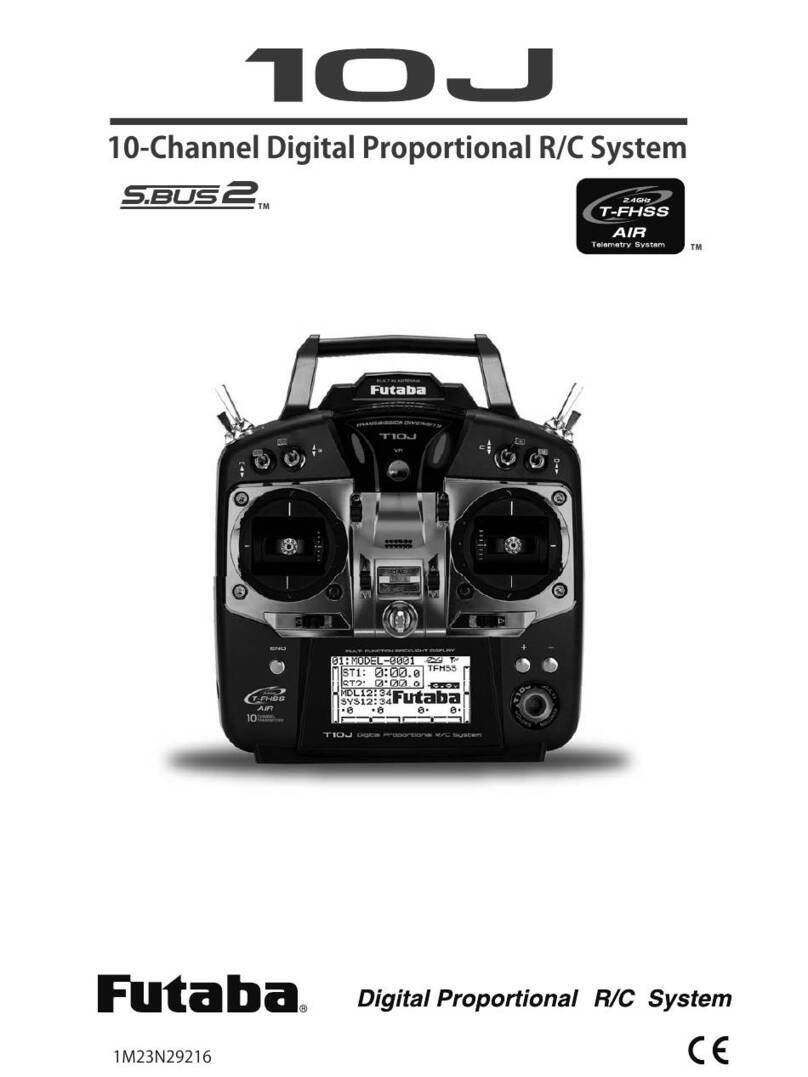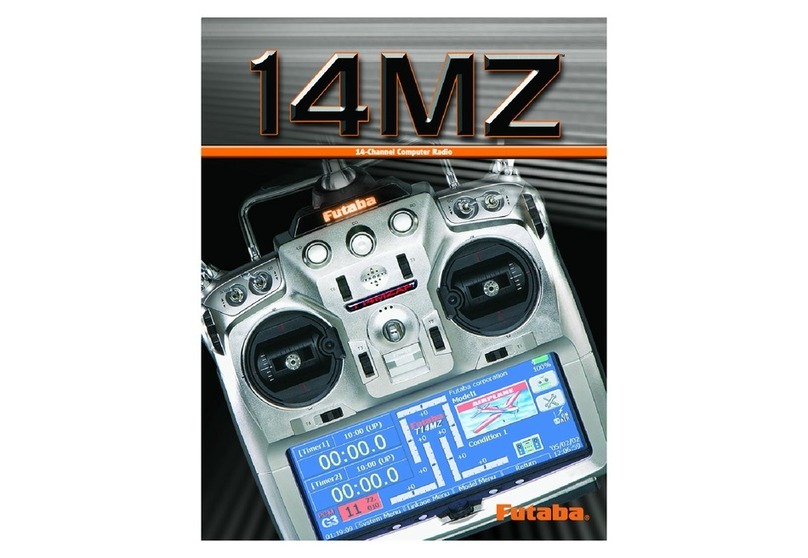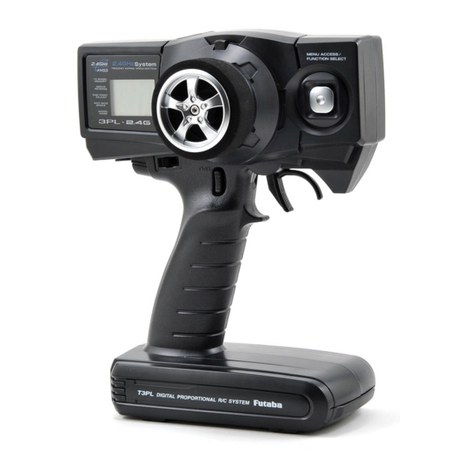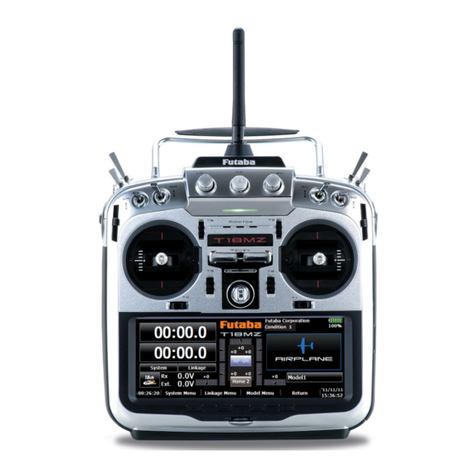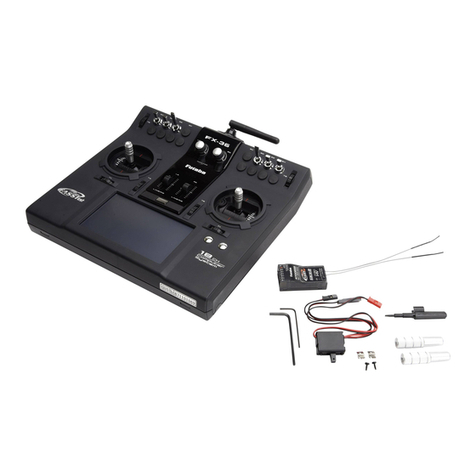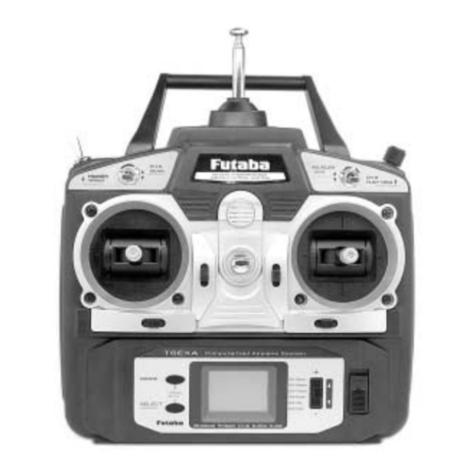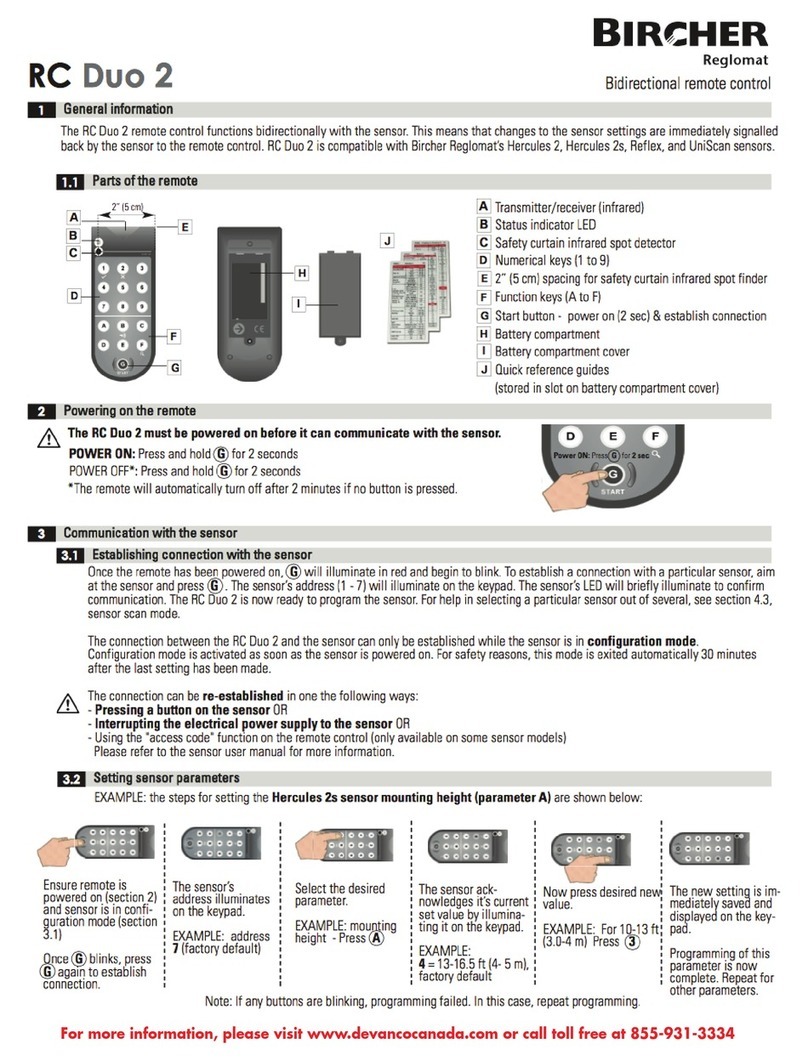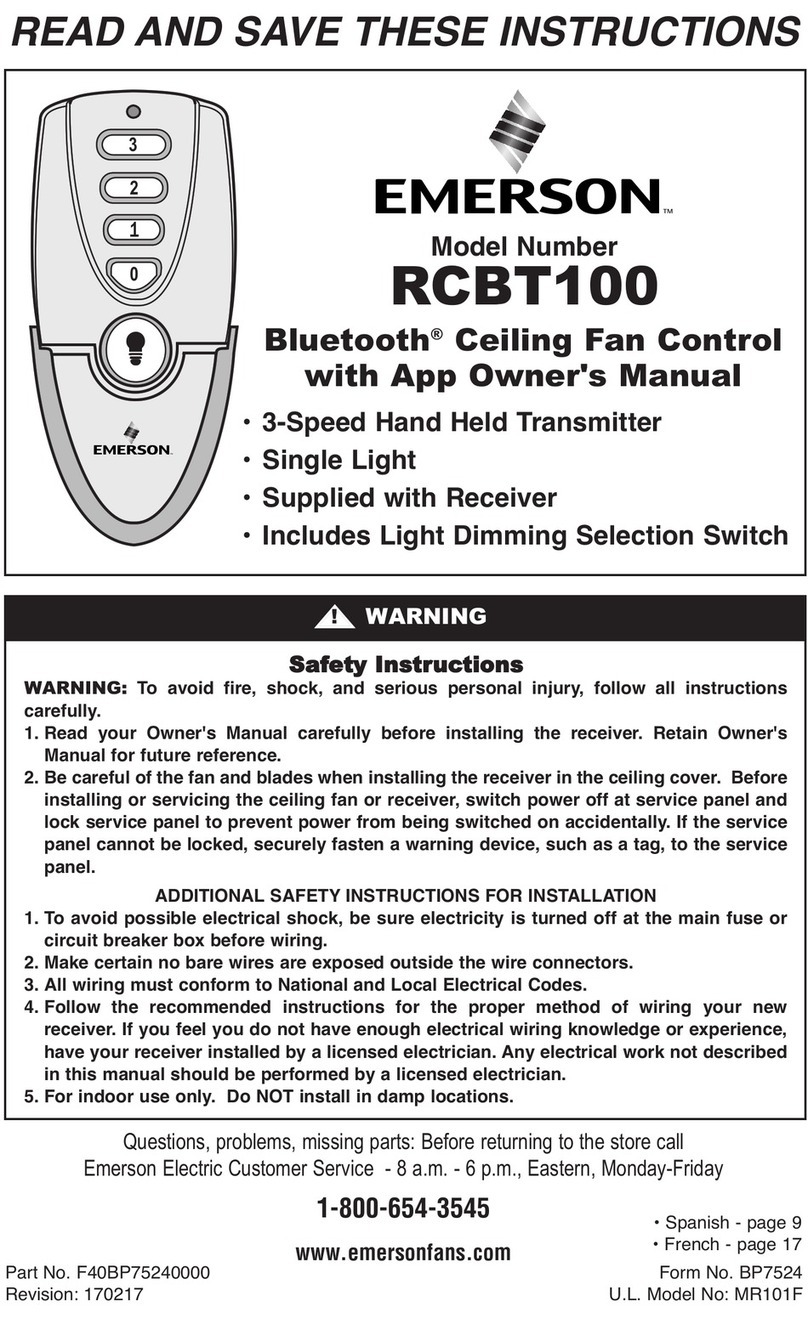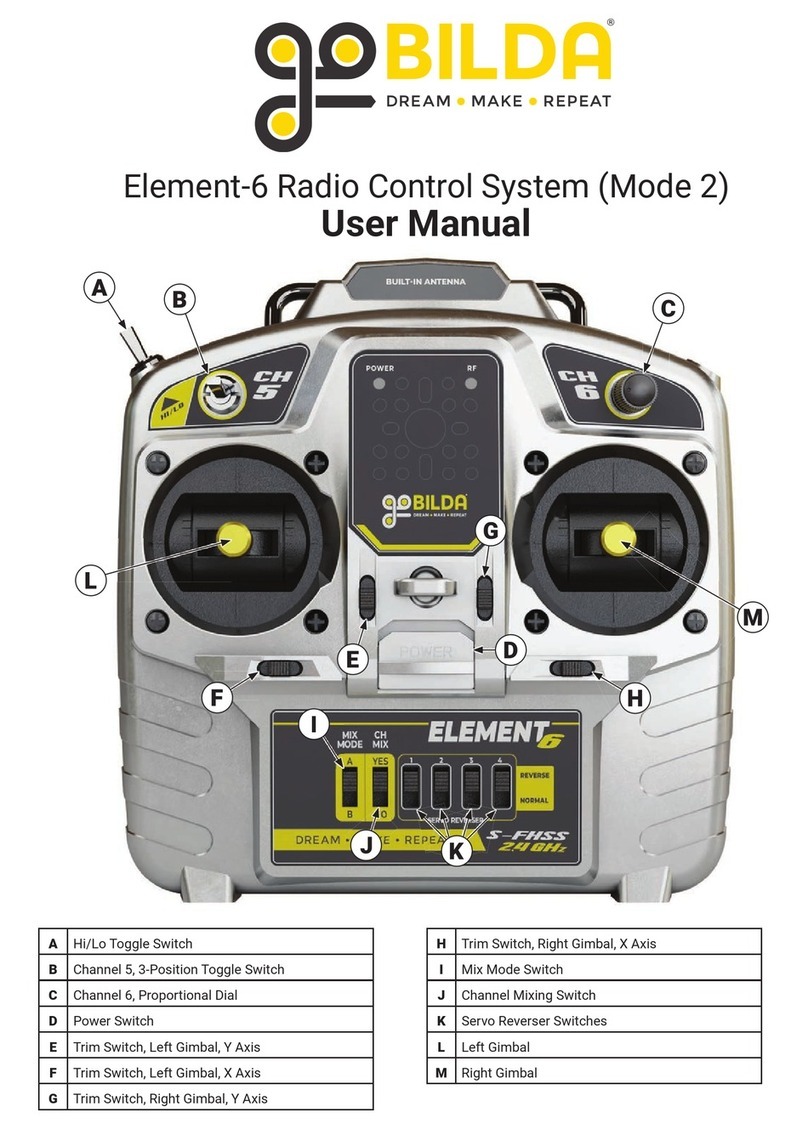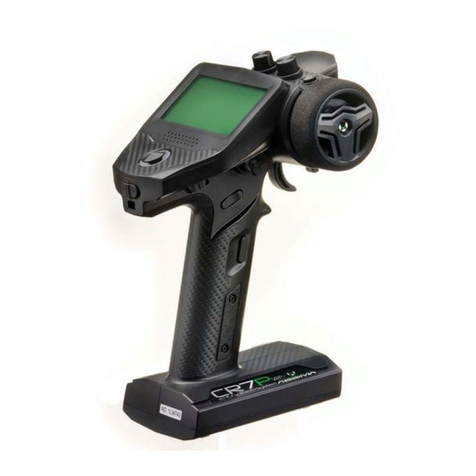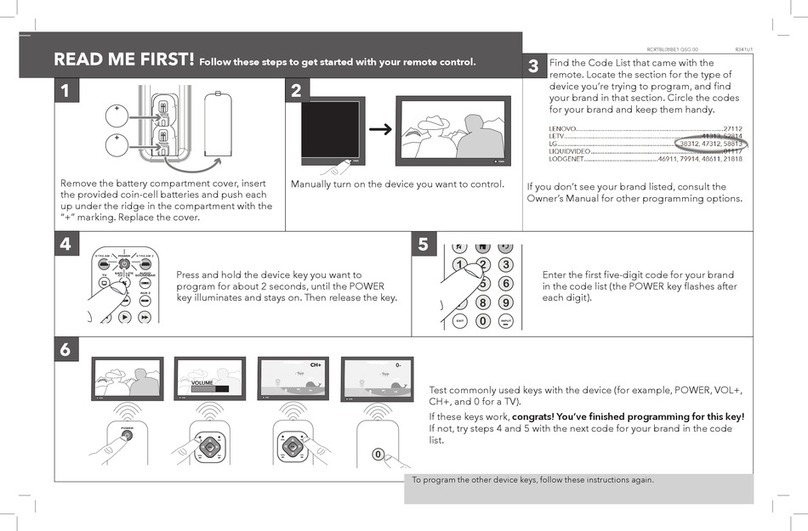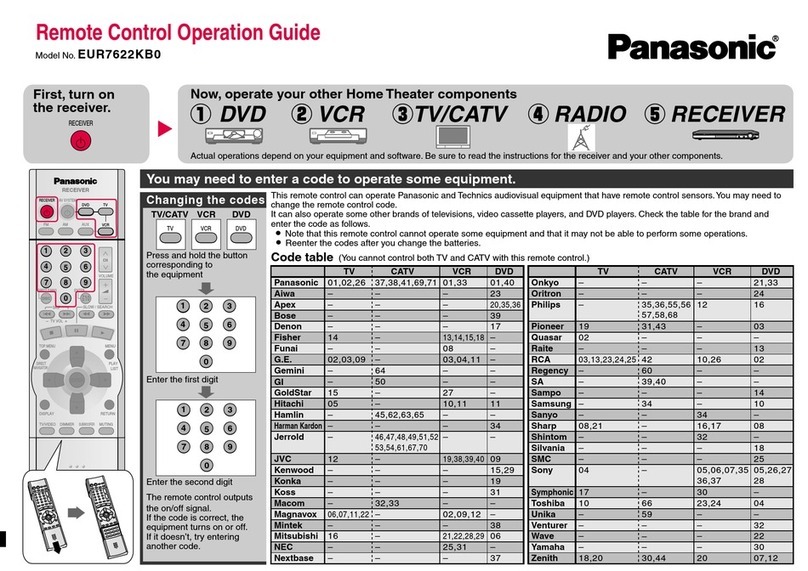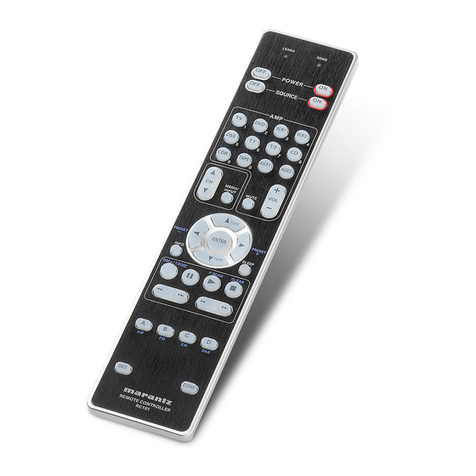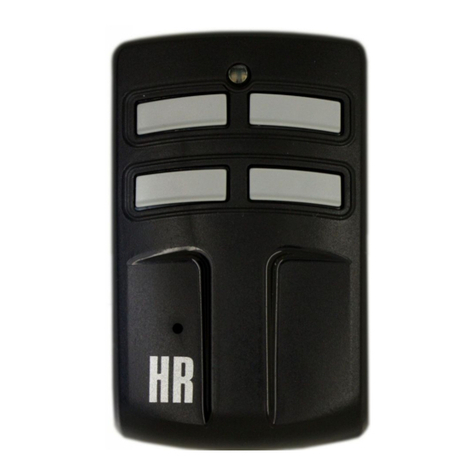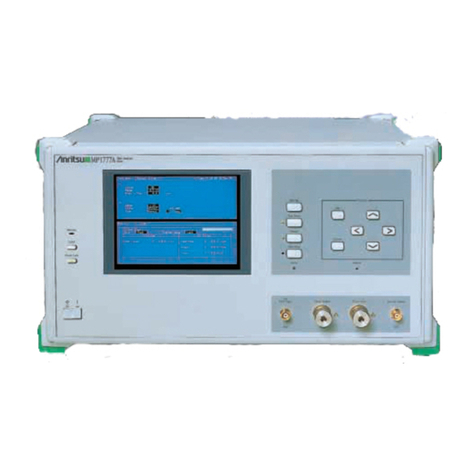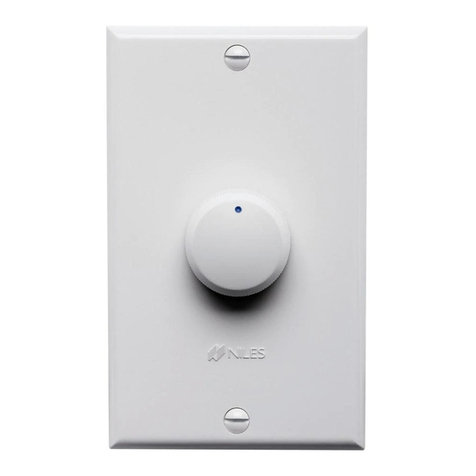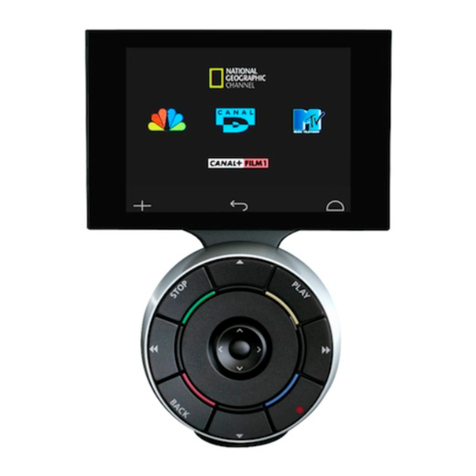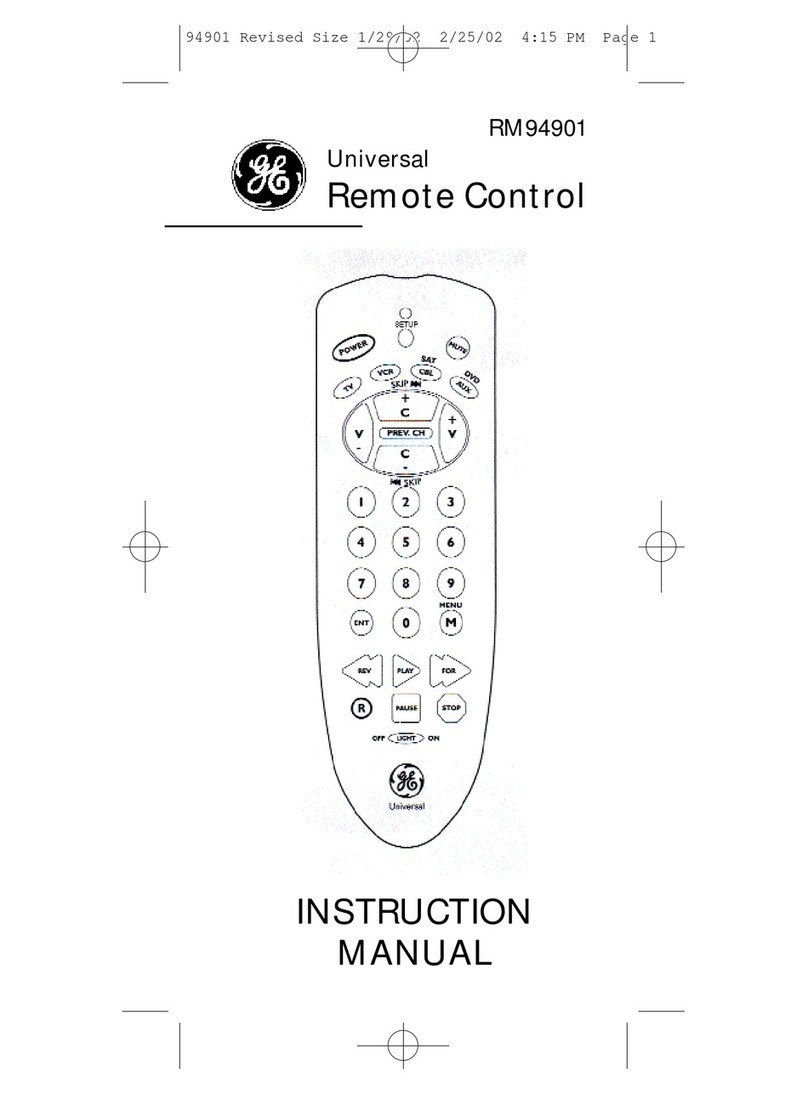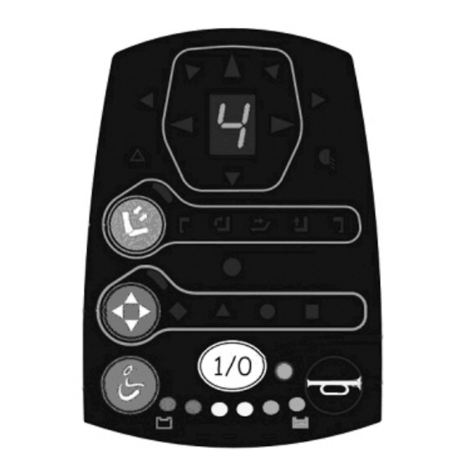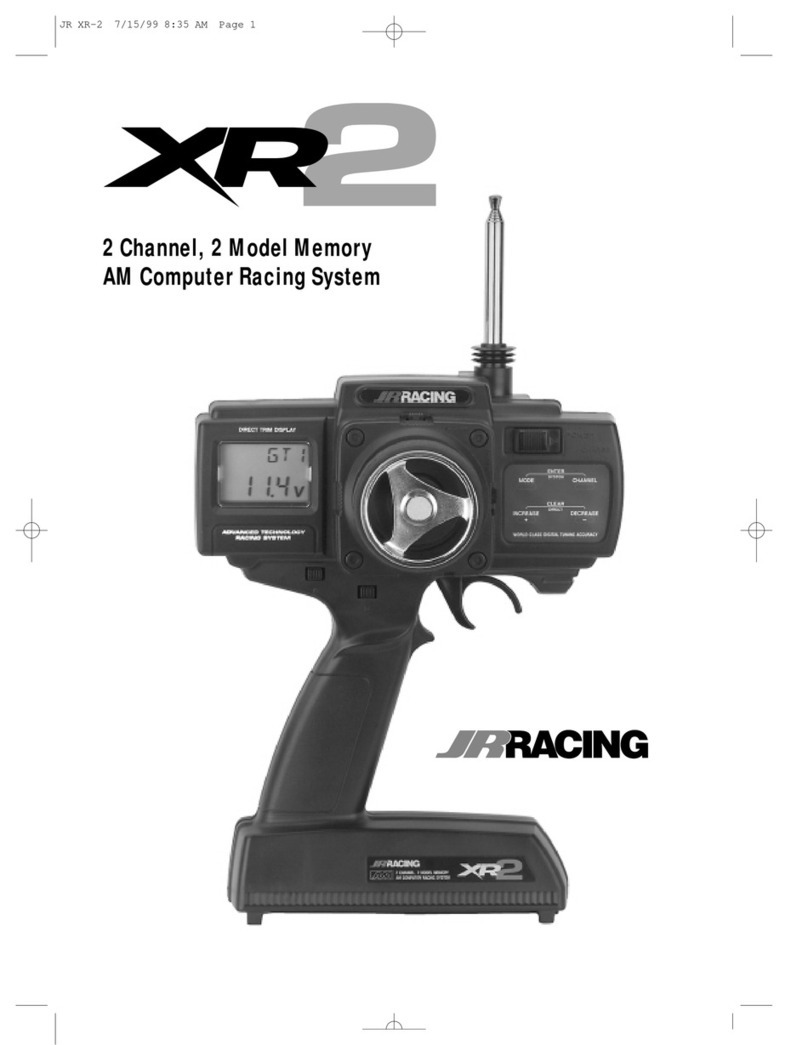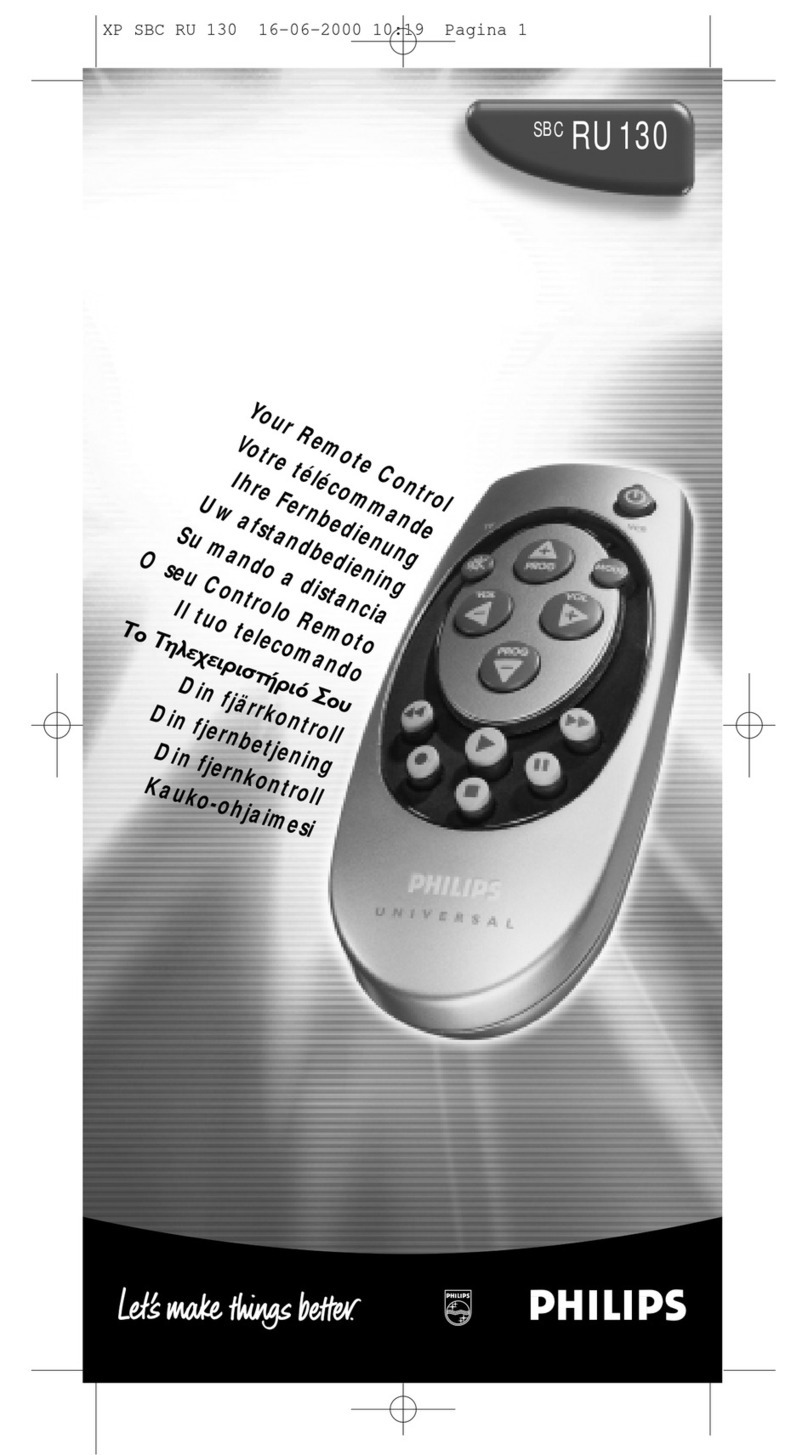•
SPECIFICATIONS:
(All
specifications
are
subject
to change
without
prior
notice.)
TRANSMITTER
Operatingsystem.........CH1—4, 2-stick system,CH5snap
switch,CH6trimleversystem
Operatingfrequencies...27MHz band 72MHz band
40MHz band
Antennaoutput............
500mW
Modulation
system
......
AM
(amplitude
modulation)
Pulsepositionmodulation:
1310uSneutral (Pulse spacing)
Powerrequirement......
9.6V 8/450mAH nickel-cadmium
battery
Current
drain...............
140mA
RECEIVER
Receivingfrequencies... 27MHz band72MHz band
40MHz band
IFamplifierfrequency...455kHz
Selectivity
..................
3kHz/-3dB
Range
........................
500m
on
the
ground,
1000m
intheair
Powerrequirement......4.8V 4/450mAH nickel-cadmium
battery
Current
drain...............
4.8V 10mA
Dimensions
...............
FP-R6F:
40
x69
x19mm
FP-R4F,
R3F:
40.2x58.5
x19mm
Weight........................
FP-R6F:
52g
FP-R4F.R3F:46g
SERVO (FP-S7, FP-S12, FP-S16,FP-S16L,
FP-S17,FP-S8, FP-S16G)
Control
system
............
3-wire,
+
pulse
widthcontrol
650uS~ 1900uS
Operating angle............
Rotary system one side 45° min
(including trim)FP-S7. FP-S12,
FP-S16.
FP-S17
Rotary system oneside 80° minFP-S8.
FP-S16G(retractablelandinggearservo)
Powerrequirement......4.8V 4/450mAH nickel-cadmium battery
(usedinconjunctionwith receiver)
Current
drain...............
4.8V
8mA
(when
stopped)
Output torque............
FP-S7; 3kg-cm,FP-S12: 2.8 kg-cm,
FP-S16; 2kg-cm,FP-S17: 2.6kg-cm,
FP-S8: 8kg-cm,FP-S16G: 2.6kg-cm.
Dimensions.................. FP-S7:
23 x 44 x 41mm.
FP-S12:23 x 44.5 x 42.5 mm,
FP-S16:19.5x415x35.5mm,
FP-S17:20 x 39.6 x 40 mm,
FP-S8;23x44x41mm,
FP-S16G: 19.5x 41.5 x 35.5 mm
Weight........................
FP-S7:
48g,
FP-S12;
52g,
FP-S16;
41g,
FP-S17;44g.FP-S8: 50g, FP-S16G;41g.
BATTERY CHARGER (Nickel-cadmiumcharger)
Input
voltage
...............
115V
(220V,
240V)
Frequency
..................
50/60Hz
Power consumption ...2.0/3.5VA
Output
Tx.
..................
9.6V, 45mA
Output
Rx................... 4.8V, 45mA
NOTE:
Power consumption is for noload/load. Since the transformer may beburned upor the performances of the battery will deteriorate dueto
an
overcurreni ifthe NR-4C nickel-cadmium batteryis connected to the Tx output terminals, alwaysbesure that connections are correct.
